Natural wood refers to wood that has been minimally processed and retains much of its original, organic form. Unlike engineered wood products such as plywood or particleboard, natural wood is harvested directly from trees, showcasing the inherent beauty of its grain, color, and texture. Known for its durability, versatility, and timeless appeal, natural wood remains one of the most popular materials in furniture making, flooring, and interior design.
In this article, we will explore the qualities of natural wood, its applications in furniture and home décor, and why it continues to be a favorite material for designers and homeowners alike. We’ll also look at how brands like SpryInterior are committed to using natural wood to craft high-quality, sustainable furniture that brings the beauty of nature into your home.
The Characteristics of Natural Wood
One of the main reasons natural wood is so highly prized in interior design is its unique set of characteristics. Each piece of wood is different, with variations in color, grain pattern, and texture that make it one of a kind. Here are some of the defining features of natural wood:
1. Grain Patterns and Texture
Each type of wood has its own unique grain pattern, which is influenced by the species of tree, the environment in which it grew, and the way the wood is cut. The grain gives natural wood its distinctive look, with patterns ranging from straight and simple to swirling and intricate. The texture of the wood, whether it’s smooth or rough, also adds to its appeal, providing a tactile experience that synthetic materials cannot replicate.
2. Color Variations
Natural wood comes in a wide range of colors, from light blondes and pale yellows to deep browns and reddish tones. The color of the wood can be influenced by its species, the age of the tree, and the region where it was grown. Additionally, wood can darken or change color over time due to exposure to sunlight, adding even more character and depth to the material as it ages.
3. Durability and Strength
Natural wood is known for its strength and durability, making it ideal for furniture, flooring, and other structural applications. Hardwoods like oak, walnut, and maple are particularly valued for their ability to withstand wear and tear, while softwoods like pine and cedar offer flexibility and ease of use. The durability of natural wood ensures that it can last for decades or even centuries when properly maintained.

4. Eco-Friendliness and Sustainability
When sourced from responsibly managed forests, natural wood is a highly sustainable material. Unlike synthetic alternatives, wood is biodegradable, renewable, and has a lower carbon footprint. Many furniture makers, including SpryInterior, prioritize using sustainably harvested natural wood, ensuring that their products are both eco-friendly and long-lasting.
Types of Natural Wood and Their Uses
Different types of natural wood are used for various purposes, depending on their properties. Here are some of the most popular species of wood and how they are used in interior design and furniture making:

1. Oak
Oak is one of the most popular hardwoods used in furniture and flooring due to its strength and durability. Its distinctive grain pattern, combined with its ability to resist moisture and decay, makes oak ideal for high-traffic areas like living rooms, kitchens, and dining areas. Oak’s light to medium brown tones fit well in both traditional and contemporary design schemes.
2. Walnut
Walnut is prized for its rich, dark brown color and fine, straight grain. It is often used in high-end furniture and cabinetry because of its luxurious appearance and strength. Walnut’s natural beauty and durability make it an excellent choice for statement pieces like dining tables, bed frames, and bookshelves. It also works well in both modern and classic interiors.
3. Pine
Pine is a softwood that is known for its affordability, light color, and easy workability. It is commonly used in rustic and farmhouse-style furniture, where its knots and natural imperfections are celebrated as part of the wood’s charm. Pine is also popular for shelving, cabinetry, and children’s furniture because of its lightweight and versatile nature.
4. Teak
Teak is a tropical hardwood that is highly resistant to moisture, making it ideal for outdoor furniture, decking, and bathroom décor. Teak’s golden brown color and natural oils give it a luxurious appearance, while its durability ensures that it can withstand the elements. Teak is often used in mid-century modern design for its sleek, minimalistic look.
5. Maple
Maple is a strong, dense hardwood with a light, creamy color and subtle grain pattern. Its durability makes it a popular choice for flooring, kitchen cabinets, and high-use furniture like dressers and bed frames. Maple’s light color allows it to blend seamlessly into modern and minimalist design schemes, while its strength ensures that it will last for generations.
The Benefits of Using Natural Wood in Home Design
There are numerous benefits to incorporating natural wood into your home’s design, from its aesthetic appeal to its sustainability. Here are some of the key reasons why natural wood remains a top choice for designers and homeowners:
1. Timeless Aesthetic
One of the greatest strengths of natural wood is its timeless appeal. Whether used in rustic, traditional, or contemporary designs, wood never goes out of style. The warmth and natural beauty of wood can enhance any space, creating a cozy, inviting atmosphere. Its versatility allows it to be used in both modern minimalist spaces and more elaborate, ornate designs.

2. Versatility in Design
Natural wood can be used in a variety of ways, from furniture and flooring to wall paneling and ceiling beams. Its versatility allows it to be shaped and styled to fit any design preference. Whether you prefer the sleek lines of modern design or the rustic charm of farmhouse style, wood can adapt to suit your vision. It can be stained, painted, or left unfinished to highlight its natural grain.

3. Connection to Nature
Incorporating natural wood into your home creates a connection to nature that is both grounding and calming. The organic textures, earthy tones, and natural grain of wood bring the outdoors inside, fostering a sense of tranquility and well-being. This biophilic design approach has been shown to reduce stress and improve overall mental health, making it a popular choice for home interiors.

4. Durability and Longevity
When properly cared for, natural wood can last for decades, making it a worthwhile investment for homeowners. Furniture made from solid wood is far more durable than that made from synthetic materials, ensuring that it will stand up to daily use without showing signs of wear. Over time, natural wood can develop a beautiful patina, further enhancing its appeal.
5. Sustainability
As a renewable resource, natural wood is an eco-friendly choice for home design. When sourced from sustainable forests, it has a low environmental impact compared to synthetic materials like plastic or metal. Additionally, wood’s ability to sequester carbon helps reduce greenhouse gas emissions, making it a green choice for eco-conscious consumers.

How to Care for Natural Wood Furniture
To keep natural wood furniture looking its best and ensure its longevity, regular care is essential. Here are some tips for maintaining your natural wood pieces:
1. Dusting and Cleaning
Dust your wood furniture regularly using a soft cloth to prevent dirt and debris from building up on the surface. For deeper cleaning, use a mild soap solution or a wood cleaner specifically designed for natural finishes. Avoid harsh chemicals that can strip the wood’s natural oils.
2. Polishing
Periodically polish your natural wood furniture to protect its surface and enhance its natural luster. Use a natural wax or oil-based polish, applying it in the direction of the grain. This will help prevent drying and cracking, keeping the wood looking rich and smooth.
3. Avoid Excessive Moisture
Wood is sensitive to changes in moisture and humidity, which can cause it to warp or crack. To protect your furniture, avoid placing it in areas with high humidity or direct sunlight. Wipe up spills immediately to prevent water damage and use coasters or placemats to protect the surface from heat and moisture.
Natural Wood in Modern Interior Design
Natural wood has made a strong comeback in modern interior design, thanks to its organic beauty, versatility, and sustainability. Here’s how it’s being used in contemporary homes:
1. Minimalist Interiors
In minimalist design, natural wood is often used to add warmth and texture to otherwise stark, clean-lined spaces. Light woods like oak and maple are popular choices for furniture and flooring in minimalist homes, where their simple, organic beauty complements neutral color palettes and open, airy layouts.

2. Scandinavian Design
Scandinavian interiors are known for their use of natural wood to create cozy, inviting spaces. Light-colored woods, such as birch and pine, are commonly used in Scandinavian furniture to evoke a sense of simplicity and functionality. Paired with white walls and soft textiles, natural wood creates a bright, serene atmosphere that is characteristic of Nordic design.

3. Rustic and Farmhouse Style
Rustic and farmhouse interiors celebrate the raw, organic beauty of natural wood. Reclaimed wood beams, rough-hewn tables, and unfinished wooden furniture are staples of this design style. The focus is on bringing the outdoors inside, highlighting the natural grain, texture, and imperfections that give natural wood its character. In farmhouse and rustic designs, darker woods like walnut and oak are commonly used for large, sturdy pieces such as dining tables, bed frames, and cabinetry. These pieces often serve as focal points that exude warmth, strength, and a connection to nature.

4. Industrial Design
In industrial design, natural wood is often paired with metal, concrete, and other raw materials to create a striking contrast between organic and industrial elements. Wooden surfaces, such as dining tables or shelving units, are often made from reclaimed or unfinished wood to maintain a rugged, unrefined appearance. The combination of wood with metal frames or supports emphasizes functionality and durability, which are key aspects of industrial design. Natural wood softens the harder elements of industrial spaces, creating a balanced and inviting environment.
5. Mid-Century Modern Design
Mid-century modern design is known for its clean lines, organic shapes, and minimal ornamentation. Natural wood, particularly walnut and teak, is often used to create sleek, sculptural furniture pieces that have a timeless appeal. In this style, wood is often stained in warm, dark tones to create a polished, elegant look. Mid-century modern furniture emphasizes both form and function, and natural wood plays a critical role in achieving the balance between simplicity and sophistication. Iconic mid-century pieces such as low-profile wooden coffee tables, sideboards, and chairs remain popular today due to their versatile aesthetic.

How to Incorporate Natural Wood Into Your Home
Whether your home is modern, rustic, or somewhere in between, natural wood can add warmth, texture, and a sense of timelessness to any space. Here are some tips on how to incorporate natural wood into your interior design:
1. Start with Wooden Accents
If you're new to using natural wood in your home, start small by introducing wooden accents like shelving, picture frames, or side tables. These small touches can help you get a feel for how wood complements your existing décor. Wooden accent pieces add warmth and texture to a room without overwhelming the space.

2. Mix Wood Tones and Textures
Don't be afraid to mix different types of natural wood in a single space. For example, you could pair a light oak dining table with darker walnut chairs or use reclaimed wood beams alongside polished wooden flooring. Mixing wood tones and textures creates visual interest and prevents the space from feeling too uniform or flat. However, be mindful to keep a balance by choosing woods that complement each other in terms of undertone and finish.
3. Use Wood as a Focal Point
Incorporating a statement piece of natural wood furniture, such as a large dining table, bed frame, or bookshelf, can serve as a focal point in the room. The natural beauty of the wood will draw attention and set the tone for the entire space. In minimalist or modern interiors, a single, bold piece of wooden furniture can make a strong visual impact without cluttering the room.

4. Combine Wood with Other Natural Materials
To enhance the organic feel of your home, consider pairing natural wood with other natural materials like stone, leather, or woven fabrics. For example, a wooden dining table paired with leather chairs or a wooden headboard next to linen bedding creates a layered, textural look that feels cozy and inviting. The combination of natural elements brings harmony and a grounded sense of balance to the space.
5. Choose Sustainable Wood Sources
When selecting natural wood furniture or flooring, consider choosing pieces made from sustainably sourced or reclaimed wood. This not only ensures that you're making an environmentally friendly choice but also adds an extra layer of character to your home. Brands like SpryInterior specialize in using sustainably harvested and reclaimed wood to create handcrafted furniture that is both beautiful and eco-conscious.
Conclusion
Natural wood remains one of the most sought-after materials in home design due to its timeless beauty, durability, and versatility. Its ability to blend seamlessly into various design styles, from modern and minimalist to rustic and industrial, makes it a perfect choice for any home. The natural grain patterns, color variations, and textures of wood bring warmth and character to interiors, creating spaces that feel both elegant and inviting.
By incorporating natural wood into your home, you’re not only investing in furniture and finishes that will last for generations but also creating a connection to nature that fosters a sense of calm and well-being. Whether you choose oak, walnut, pine, or teak, each type of natural wood offers unique qualities that enhance the overall aesthetic of your home.
Brands like SpryInterior are leading the way in crafting sustainable and high-quality natural wood furniture. Their commitment to using eco-friendly materials ensures that your investment is not only beautiful but also ethical. By choosing SpryInterior, you’re bringing the natural beauty of wood into your home while supporting sustainable design practices that benefit both your living space and the planet.


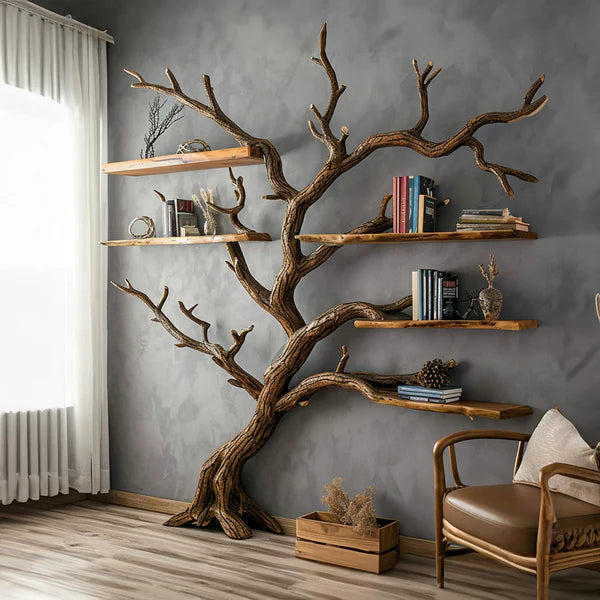
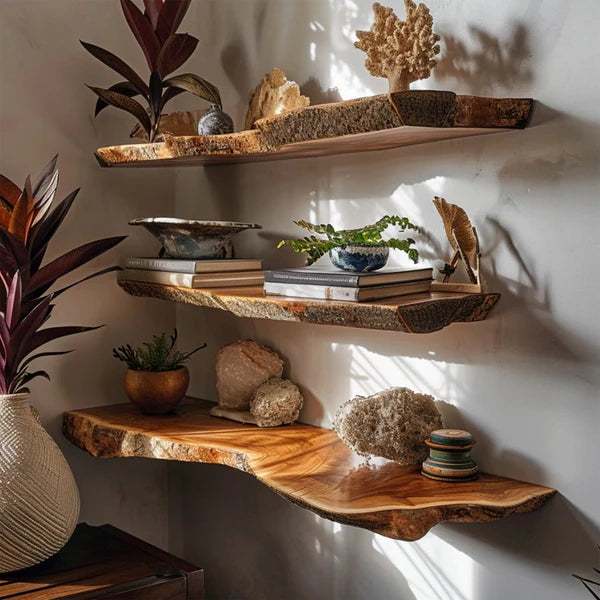
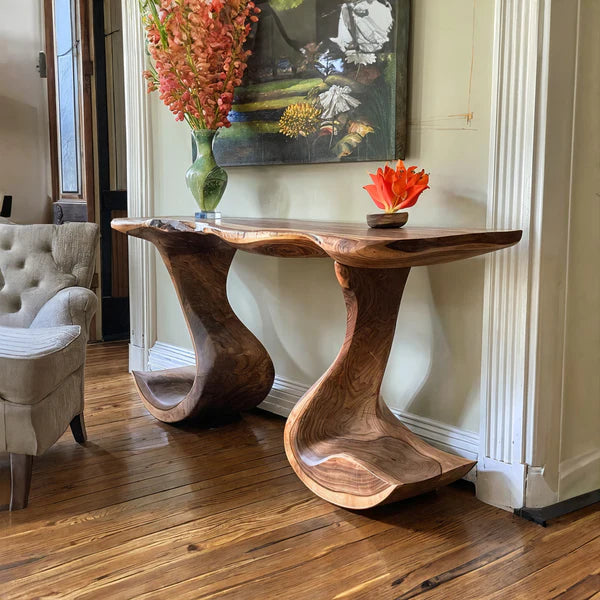

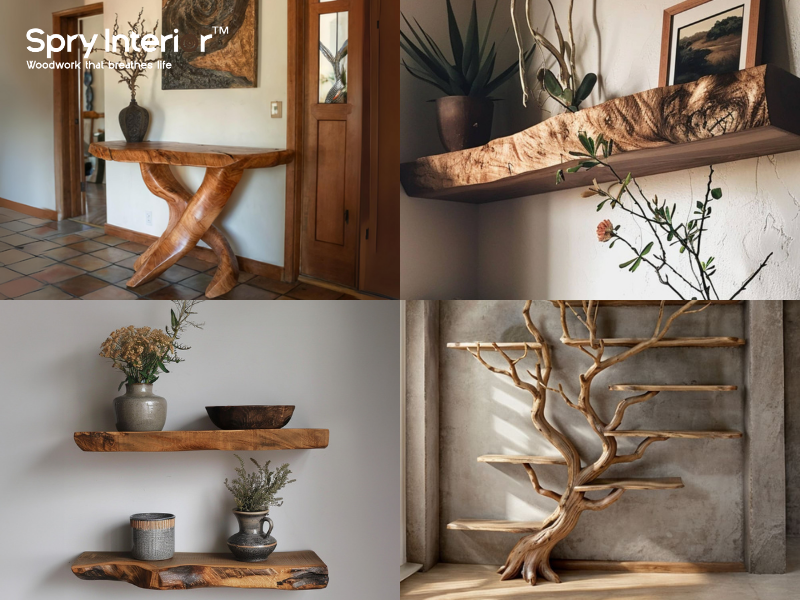
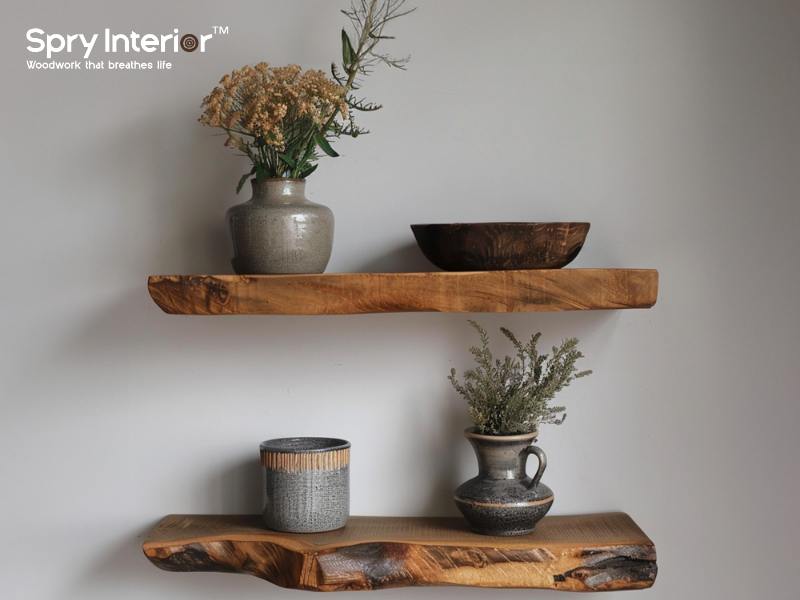
Leave a comment
This site is protected by hCaptcha and the hCaptcha Privacy Policy and Terms of Service apply.